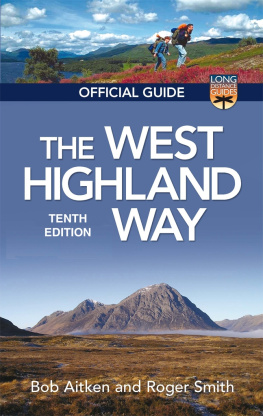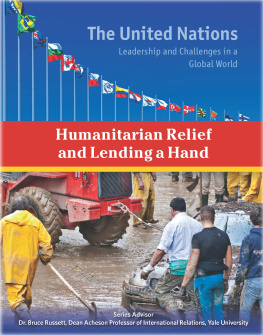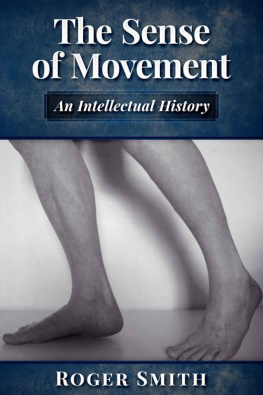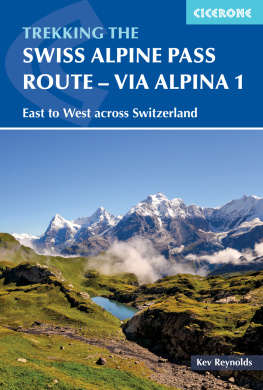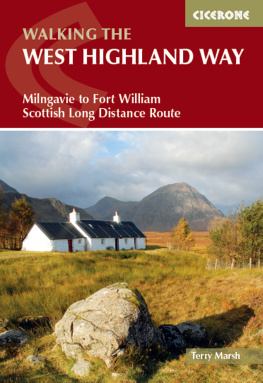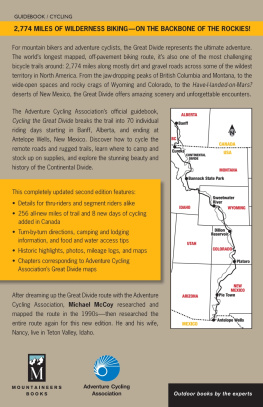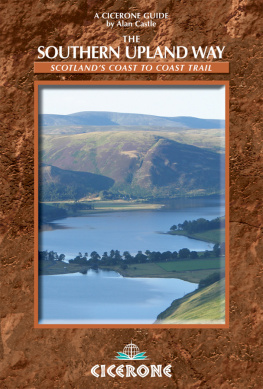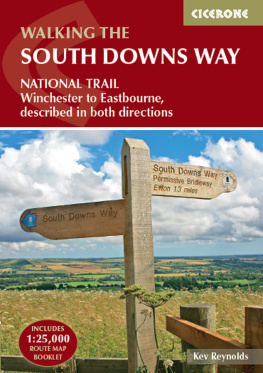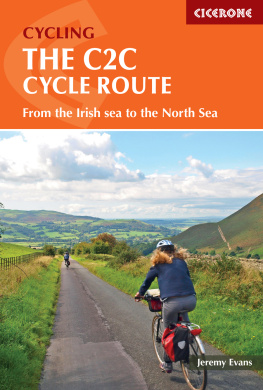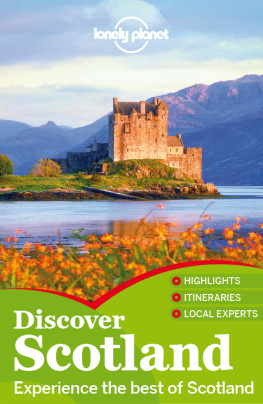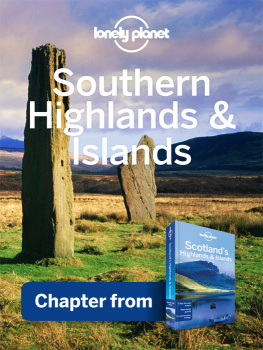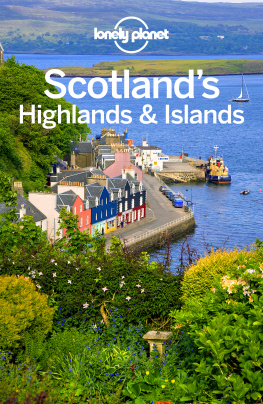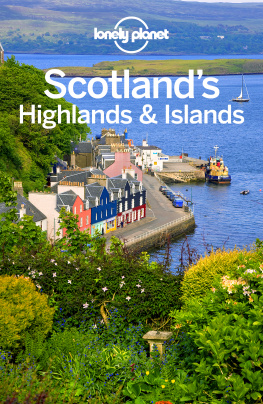
This eBook edition published in 2013 by
Birlinn Limited
West Newington House
Newington Road
Edinburgh
EH9 1QS
www.birlinn.co.uk
First published in 1980 by HMSO
Second, third and fourth editions published by HMSO
Fifth, sixth, seventh and eighth editions published by
Mercat Press
Ninth and tenth editions published by Birlinn Ltd
Birlinn Ltd 2013
All rights reserved. No part of this publication may be reproduced, stored or transmitted in any form without the express written permission of the publisher.
eBook ISBN: 978-0-85790-645-8
ISBN: 978-1-78027-115-6
British Library Cataloguing-in-Publication Data
A catalogue record for this book is available from the British Library
ACKNOWLEDGEMENTS
T HE development of long distance routes in Scotland has not been without controversy, but as the routes have matured they have catered for an ever-growing number of walkers, bringing enjoyment to many and economic benefits to rural communities. As the first long-distance route in Scotland, the West Highland Way has served as a flagship for the network, and it remains the most popular, catering for an estimated 80,000 walkers (in full or in part) each year. Scottish Natural Heritage (SNH) remain indebted to all those who assisted in its development, including proprietors and their agents, estate workers and Forestry Commission staff, local authority officials and local people along the route. Since being officially opened in 1980, the Way has been well served by its countryside rangers and by its managing authority, the West Highland Way Management Group on behalf of Argyll & Bute Council, East Dunbartonshire Council, Highland Council, the Loch Lomond and The Trossachs National Park, Stirling Council and Scottish Natural Heritage.
The first edition of this guide, published in 1980, was compiled and written by Robert Aitken, who in addition to undertaking the exhaustive background research which has led to the guides informative and often amusing historical and anecdotal evidence, also spent many days walking the route. It is to his credit that so little of his original text has had to be amended in preparing this and the previous revised editions; changes have largely been confined to factual matters where the line of the Way has been altered or where village services have expanded in response to the number of users. Every effort has been made to make the information as up-to-date and practical as possible, but changes will inevitably occur between editions.
In the period in which the Way has been in existence, the managing authorities and SNH (and its predecessor body, the Countryside Commission for Scotland) have gained much useful information and opinion from those who have used the route. Surveys have been undertaken to gauge the level of use, expenditure patterns and, most importantly, users enjoyment of the route and how they consider it could be improved.
The many letters received with praise or criticism of the Way have also been appreciated, and we take this opportunity to invite readers to comment on the route or on this guide. Only through your comments will the managing authorities be able, with support, to improve the management and services along the Way. Please write to:
West Highland Way Development Officer,
West Highland Way Management Group,
Loch Lomond and The Trossachs National Park,
20 Carrochan Road,
Balloch G83 8EG.
Or you can email to: whwmailbox@lochlomond-trossachs.org.
The publishers thanks are due to the WHW Development Officer for his help in checking the text and mapping, and to the following for use of photographs: the West Highland Way Management Group, Lorne Gill of SNH, Alan Forbes, Charles Gulland, Roger Smith and Erl Wilkie.
ALONG THE WAY
T his section deals with the practicalities of your journey along the West Highland Way, and gives general advice to supplement the route description in the main part of the guide. Much of this material will be familiar to outdoor enthusiasts in general and to experienced long-distance walkers in particular, but others may have less idea of what to expect on the Way and how to prepare for it. It is worth saying that while many sections of the West Highland Way are straightforward going on excellent, well-drained paths and tracks, some parts are much rougher and will make for slower progress. There are stretches which, by British standards, are remote not just from human habitation but from any form of shelter; and the Way is liable to get more than its fair share of wet and windy weather, even in summer. Those tackling the whole route must realistically expect to have at least some wet going both overhead and underfoot.
Please note that the West Highland Way is primarily a long distance footpath, and although some sections are suitable for mountain bikes and horse riders, others are not designed to withstand repeated use by these groups.
Direction and season
If you wish to tackle the Way as a complete trip, we strongly recommend that you travel south to north, from Milngavie to Fort William; the guide has been written with this assumption in mind. At the simplest level and this also applies to those tackling shorter sections of the Way as you head northwards you will have the sun at your back, rather than in your eyes, and are more likely to have wind and rain behind you, or on your left flank, than in your face. The stages between accommodation and supply points are longer, and there is more uphill work, on the northern part of the Way, so that the southern start offers a gentler warm-up. Above all, however, the northwards journey has a greater aesthetic appeal, in its progression from the urban through the domestic and pastoral to the wild mountain and moorland country, and in the scenic crescendo of the last quarter north of Kingshouse, where the switchback from ridgecrest to valley creates a vivid sense of mountain travel. The opposite progression from north to south has its own attractions, but inevitably lacks that positive climax.
When should you walk the Way? Although July and August are normally the warmest time of the year, they are not necessarily the driest. There is much to recommend May and June, traditionally the months of lowest rainfall in Western Scotland and often blessed with settled periods of warm dry weather, with diamond-sharp visibility and 18 hours or more of daylight. These months, with April, are also among the best for the naturalist, since spring flowers are in bloom and birds are nesting, while the tree canopy is still relatively open and does not inhibit bird-watching as it can do later. The bracken which in autumn can tower over head-height on open slopes is still low and freshly green, and midges are less of a nuisance. In the mountain country, there may well still be a lingering wreath of snow on the tops to sharpen the line of ridge and corrie.

Buachaille Etive Mor in winter.
The long-established Scottish Six-Day Motorcycle Trials are held in the first week of May each year. This event often uses sections of the Way between Bridge of Orchy and Fort William, and the latter town, as the event headquarters, is very busy with bikes, riders, support teams and followers. The event is a remarkable spectacle, but those wishing to avoid the disturbance of the bikes can get advice from the Ranger Service in Glen Nevis (westhighlandway@highland.gov.uk) or from the route website, www.west-highland-way.co.uk.
Next page
